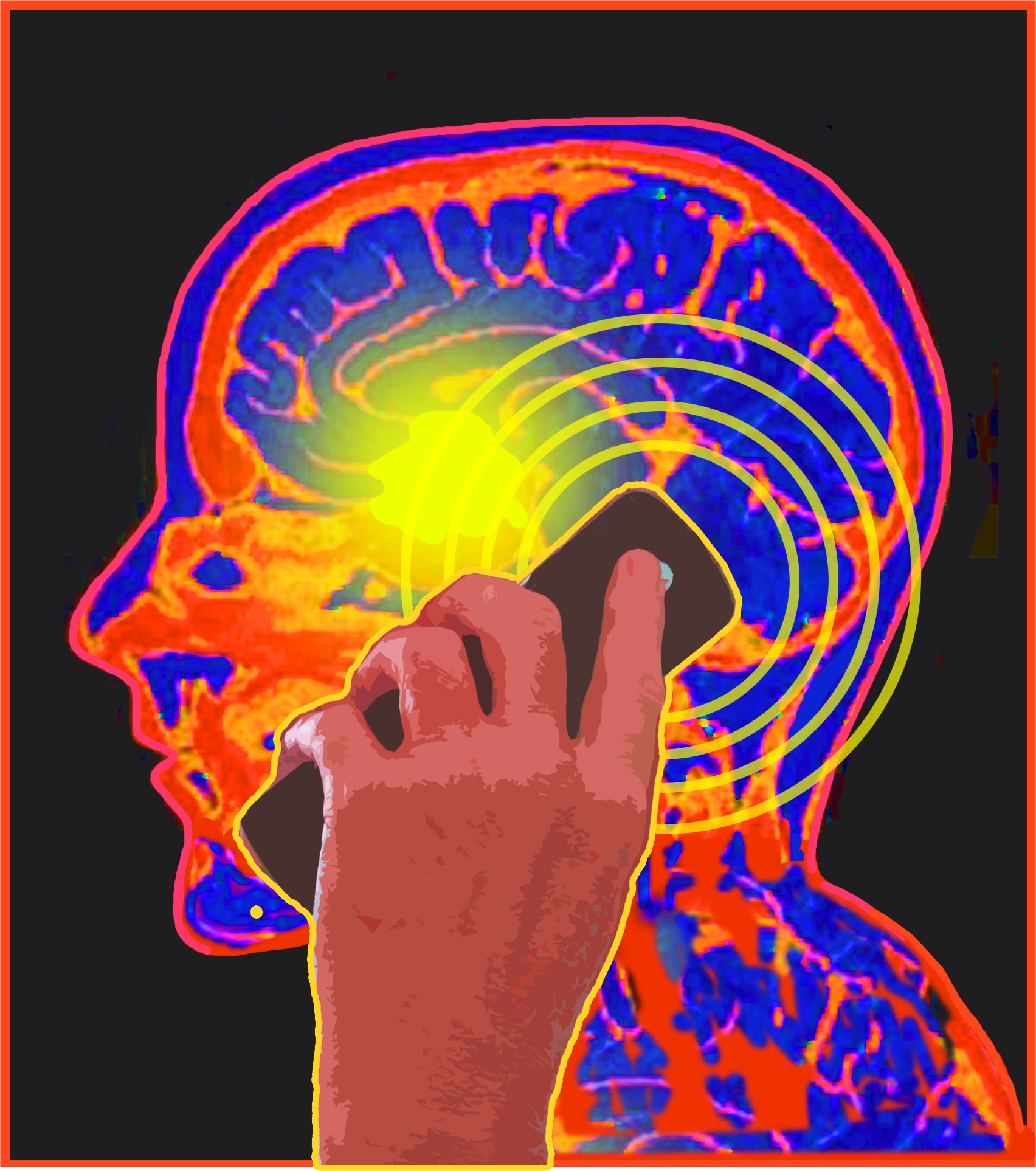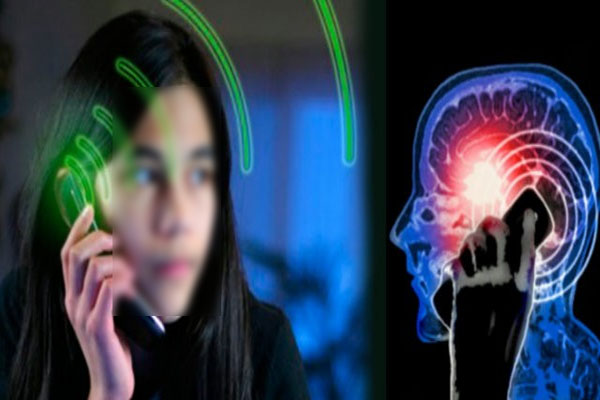World News – Federal researchers have rushed out results from a study that shows cellphone radiation might cause brain and heart tumors in rats.
 It’s a worrisome finding that seems to validate suspicions that have been brushed off by many mainstream scientists for years. Here are some answers to questions about the study:
It’s a worrisome finding that seems to validate suspicions that have been brushed off by many mainstream scientists for years. Here are some answers to questions about the study:
Do I Need to Throw Away My Cellphone?
Here’s a hint: John Bucher, who is associate director of the National Toxicology Program, which did the study, isn’t changing his cellphone habits. But he’s not a heavy user — chatting on his phone for an hour a day or less.
“I don’t use a cellphone very often. People don’t seem to call me much,” Bucher told reporters in a telephone briefing. “I use a cellphone next to my head or with earbuds, depending on what I am doing.”
The rats in the study got high levels of cellphone signal, mostly above the legal limits set by the Federal Communications Commission for mobile phones, and were exposed for nine hours a day, every day, from the time they were in their mothers’ wombs until they died about two years later.
“All these animals were exposed at levels that were heavy,” Bucher said. That’s standard in rat trials, so that researchers can have a better chance of getting an effect. So there is no telling whether that translates to people.
Another hint: Brain cancer rates have not shot up. “We are aware of the fact that there certainly has not been an increase in brain cancer rates in the United States,” Bucher said. But people live much, much longer than rats do and cancer can take decades to develop.
Most studies have shown no evidence cellphone signals can cause cancer. This one made news because it did, but scientists know that no single study tells the whole story. It’s the body of evidence collected over years by different groups taking different approaches that yields a good answer.
Should I Let My Kid Have a Cellphone?
The study does not answer that question. But a European study found no association between brain tumors in children and cellphone use. Still, children are smaller than adults and have more years during which to develop cancer.
“Their nervous systems are still developing and, therefore, more vulnerable to factors that may cause cancer,” the National Cancer Institute says in its page on cellphones.
“Their heads are smaller than those of adults and consequently have a greater proportional exposure to the field of radiofrequency radiation that is emitted by cell phones.”
So parents should do what makes them feel comfortable, whether that’s restricting a child’s time on a cellphone or encouraging the use of earphones.
Can I Keep My Cellphone in My Pocket?
The study deliberately exposed the entire bodies of the rats and mice to the cellphone radiation.
“Many people hold cellphones at various places around the body,” Bucher noted. “Women [have] been known to place the cellphones in their bras.”
But the only two places the rats developed tumors or precancerous changes were in the brain and around the heart. It’s not clear why.
“We have no real sense whether other organs are more sensitive or less sensitive to radiofrequency radiation,” Bucher said.
People who are worried about cellphone radiation can do several things to reduce their exposure, the Food and Drug Administration says. They can use Bluetooth or earphones to keep the handset away from the body. The FDA says kits sold to “shield” the body from radiation “generally do not work as advertised.”
Are We Going to See Higher Rates of Cancer in the Future?
That’s not certain. So far, there’s been no major change in the rates of cancer that had been potentially linked to cellphone use. But it does take years for cancer to develop.
Rat studies often find cancer links that never show up in people. And there is no known mechanism for cellphone radiation to cause cancer. If it does cause cancer, it’s by a mechanism of action that no one knows about yet.
Cellphone radiation is not like ionizing radiation such as x-rays, which are known to damage DNA. Cellphone signals are radio signals closer in nature to television or radio signals, and while high doses can warm up tissue, there’s no evidence that warming up tissue causes cancer.
The current doses of radiofrequency radiation that people get now from cellphones is not enough to warm up tissue.
When Will We Know More?
The National Toxicology Program is not finished with this study. It’s not due to be done until 2017. There’s more analysis to be done and mice were also tested as part of the study and they might show completely different results.
Bucher said it’s unlikely anyone will do something this big again. The study involved hundreds of rodents and took years. “They have over 7,000 studies in these animals,” he said. Each animal was dissected and every part of its body examined for signs of cancer.
“These were enormously time consuming and expensive studies,” he said.
There is a large study under way in Europe now, looking at 290,000 cell phone users. It started in 2010 and they’ll be followed for as long as 30 years to see if they develop cancer at different rates.
And researchers say these findings certainly support the argument that researchers need to study real people using real cellphones in the U.S.
By Maggie Fox, NBCNews.com, Reprinted in Costa Rican Times, Costa Rica

